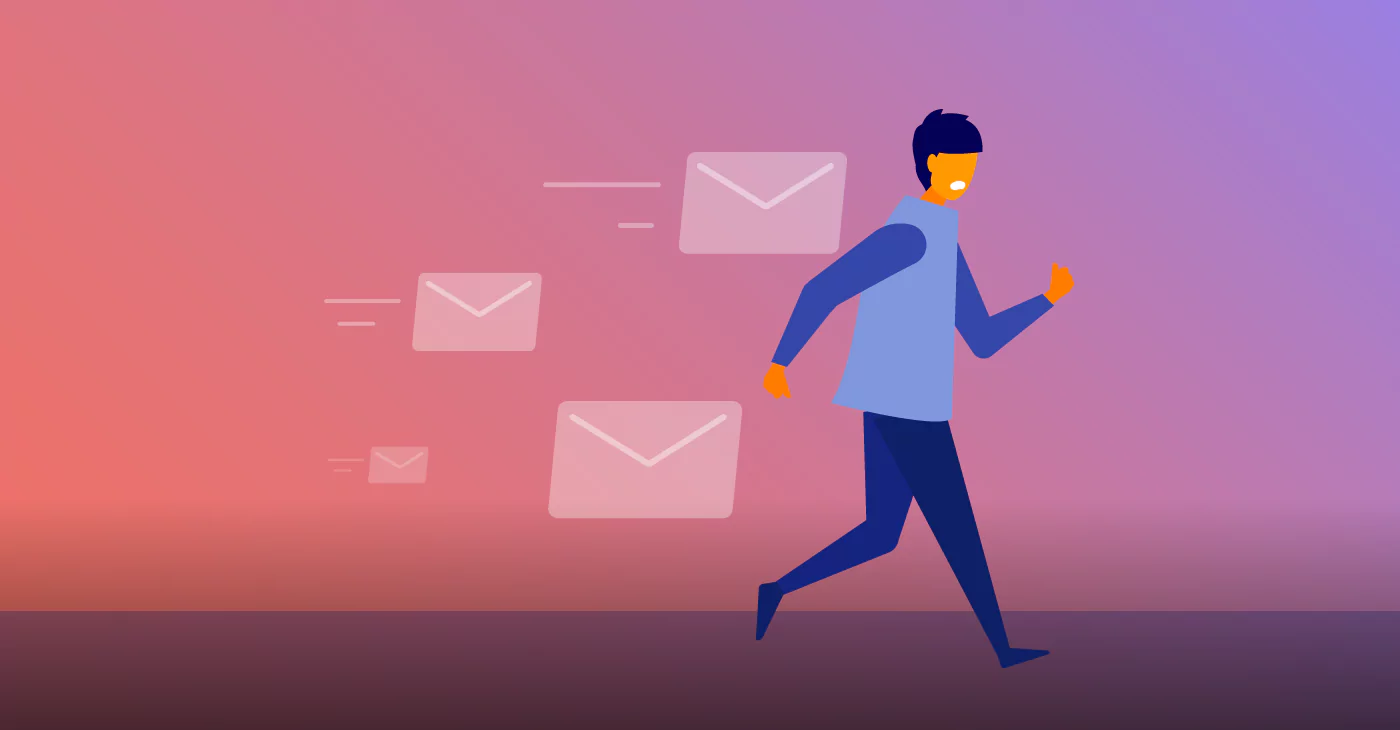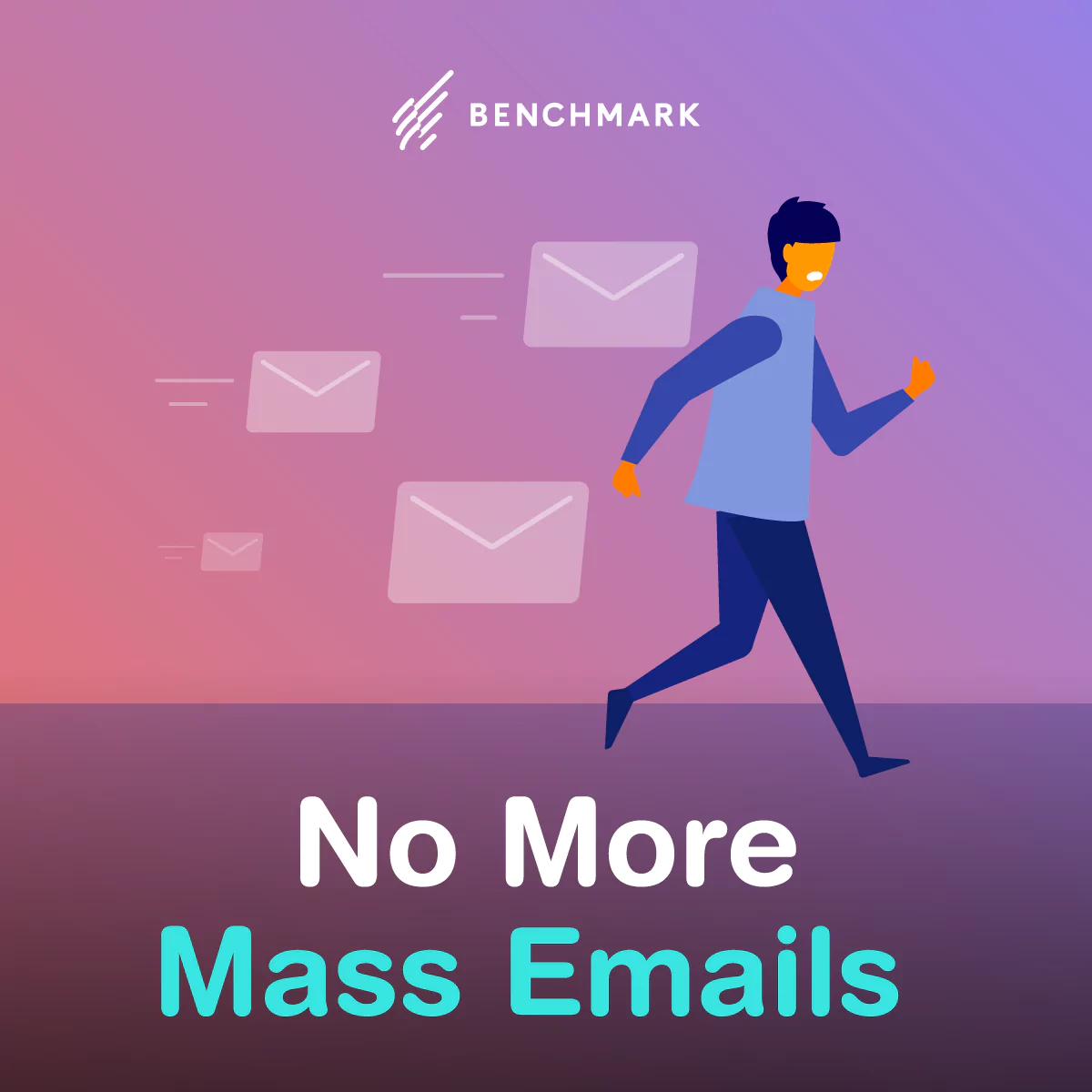
When it comes to mass emails, “just say no” is the motto you should be following.
Mass emails are when you send the same emails to all of your subscribers and leads. It’s an inherently ineffective mode of email marketing. Mass emails tell your subscribers that you would rather cut corners than put in the effort to meet their unique needs, and it guarantees that a large portion of your recipients aren’t going to be getting a message that matters to them. In turn, this can lead to a high rate of disinterest and opt-outs — and worse, a higher potential to be flagged as spam.
There might have been a time when mass emails worked for brands, but those days are done. Here’s why mass emailing no longer cuts it, and perhaps more importantly, what you should be doing instead.
1. Mass Emails Lack Personalization
Personalization is the present and the future of email marketing. The ability to segment email lists and individualize email campaigns are the most effective personalization tactics for 51 percent and 50 percent of marketing influencers, respectively, with email marketers relying on personalization as their number one way to increase engagement rates. That’s because personalized emails generate higher transaction rates and more revenue.
Your recipients are busy, with active inboxes that force them to pick and choose what they have time to pay attention to. With that in mind, why would they opt for a non-personalized email when they could focus on the messages that are specifically optimized around their wants, needs, and preferences? Mass emails simply can’t compete.
2. Mass Emails are a Lazy Form of Marketing
Ask any marketer who still utilizes mass email why they haven’t made the move to targeted messaging, and the answer will almost always be the same: it’s easier. If you haven’t made the move away from mass emailing yourself, it’s likely because you don’t want to devote time or resources to the endeavor or set in the way you’re used to doing things.
The problem with this reasoning is that it’s just an excuse. Your goal as a marketer is to increase awareness and engagement, and to move prospects and leads further down the customer journey. Mass emails might save you time, but they’re not going to help you achieve your goals — at least not at the rates that targeted emails are. If your reason for mass emailing is counter-intuitive to your reason for email marketing in the first place, then it’s just a lack of effort masquerading as something else.
3. Mass Emails Won’t Move Your Prospects Through the Funnel
Mass emails might help you generate awareness, but past that, they’re not going to guide your prospects closer to a sale. Effective lead nurturing necessitates personalization in content and product recommendations, with campaign emails building on one another to further your prospects along and meet them where they’re currently at.
Buyers at each stage of the funnel have needs and wants that must be attended to in order to inch closer to a purchase. At the consideration stage, it’s information that positions your product or service as a qualified candidate. At the decision stage, it’s information that shows them why you’re the absolute best choice. And at the post-sale stage, it’s information that amplifies the benefits of their purchase and helps turn them into brand loyalists. Mass emails miss the mark on all points, giving prospects too much of what they don’t care about and not enough of what they do.
What You Should Be Doing Instead
We know it can be hard to ditch the practices you’ve been relying on, but this is worth it. Here are three ways to get started with your pivot away from mass emails.
- Use a CRM. This will capture and track your customer behaviors and interactions, providing you with notable insights that you can then use to create personalized content for each stage of the funnel.
- Segment your lists. If you’re only using one big contact list, you’re doing it wrong. A better plan of attack is to segment your lists based on prospect behaviors and where they are in the customer journey.
- Use automation software. This is key to taking out all of the hard work attributed to targeted emails. Automation software removes a lot of the guesswork around creating and sending personalized emails. It goes a long way toward helping you segment your contact lists and reach out with the most useful content for each recipient.
Thousands of marketers have already said “so long” to mass emails, and you can too! Put in the effort and reap the benefits — it’s that simple.







